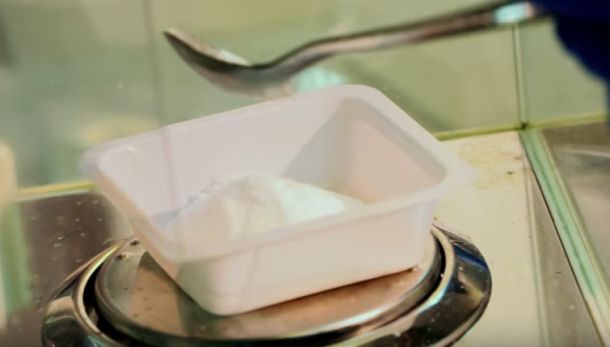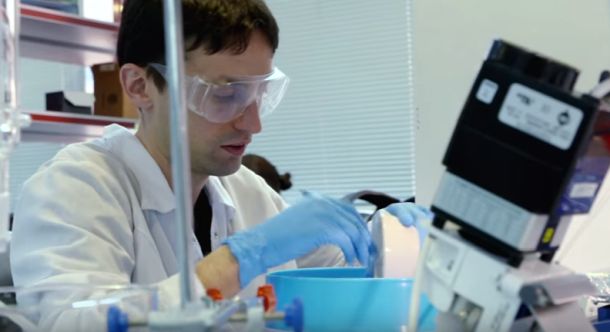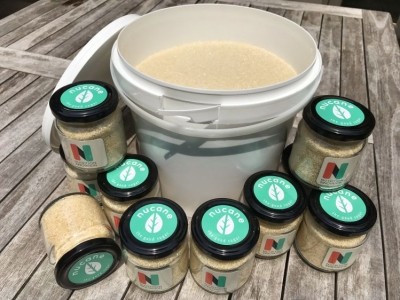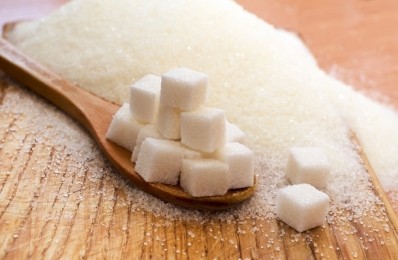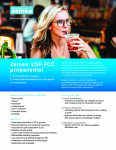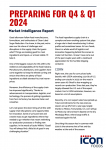Sugar... only sweeter? First products using DouxMatok sugar reduction technology to hit stores in 2018
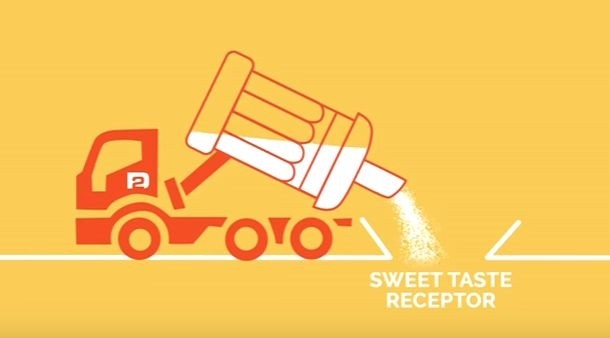
When it comes to sweetness perception, size and shape matters, says DouxMatok, which is using an inert mineral particle (silica) as a carrier for sugar molecules such that they bond to the silica via non-covalent chemistry (the process does not involve the sharing of electrons).
The sucrose molecules surround and coat the silica particle to form structures that our taste receptors perceive to be sweeter than a comparable amount of sugar in free unassociated form – enabling sugar reductions of 20-40%, depending on the application. The ‘enhanced’ sugar performs – and tastes – just like regular sugar, can be listed as ‘sugar’ on the ingredients list, and does not require manufacturers to change their processes.
As less sugar is required to deliver the same sweetness, formulators will typically have to add some bulking agents in applications where bulk is needed, although in some cases, such as dairy, other components in the recipe can simply be used in slightly higher amounts.
The cost is higher than regular sugar, but as firms can use less, the cost-in-use is appealing, said Alejandro Marabi, PhD, head of food science and technology at the firm, who was speaking to FoodNavigator-USA during a press trip organized by the Israel Export Institute last month.
'The silica is not metabolized by the body and is excreted'
When the DouxMatok sugar is consumed, the sugar component (sucrose) is metabolized as normal and the silica (which is tasteless) passes through the body and is excreted, said Dr Marabi: “The silica [which contains no calories] is not metabolized by our bodies and therefore it is excreted.”
He also noted that silica is a GRAS (generally recognized as safe) food additive that is widely used in the food industry as everything from an anti-caking agent to an emulsifier (currently the FDA permits the use of silicon dioxide at up to 2% by weight of a food).
While both components (silica and sucrose) are GRAS, DouxMatok is preparing a GRAS determination for the enhanced sugar in order to reassure customers that the ingredient is safe, he added.
'We do not use nano silica at all'
While DouxMatok’s patent applications refer to silica nanoparticles, the company is now using larger silica particles “mostly in the range of 1-5 microns,” says head of food science and technology Dr Marabi, although “we sometimes use 20 micron size agglomerates.”
He added: “We do not use nano silica at all. We are always above the nano range as defined in some regulations. This was confirmed by several particle size distribution analyses.”
What's in a name?
So how game-changing is this technology, and will manufacturers – in the interests of transparency - choose to label the silica on the ingredients list, even if it’s present in tiny quantities (less than 0.5% of DouxMatock ‘sugar’ is silica) and effectively only serves as a flavor carrier? And if they do, could that put some consumers off?
According to Marabi, the silica serves as a carrier, and does not have to be declared although some manufacturers may wish to do so: “It’s up to customers to decide how to label it.”
The business model
So what’s the strategy at DouxMatok? To become an ingredients manufacturer, or to partner with other companies and license its technology?
Likely the latter, said Marabi, although it is exploring multiple business models. “We’ve been talking to all the big sugar manufacturers.”
Applications
As for potential customers, “everybody wants it,” said Dr Marabi, who said DouxMatok has signed joint development agreements with multiple CPG companies and expects to see products containing its sugar on shelf by next year.
DouxMatok has had particular success in chocolate, dairy, bakery and cereal applications, with trained sensory panel data showing that sweet whipped cream with a 30% sugar reduction thanks to DouxMatok was perceived as being equally sweet, while the flavor profile was near identical.
A breakfast cereal coating with a 20% sugar reduction thanks to DouxMatok also performed as well as the full sugar product, with no significant differences between the reduced sugar sample and the control on all key parameters, said Marabi, who said the product was also an obvious candidate to enter the tabletop sweeteners category as well as the industrial sugar/sweeteners market.
“We have had extremely positive feedback, not just because it tastes and performs like sugar, but because it is so easy to use. You can freeze it, heat it, bake it and so on.”
But what about beverages?
Right now, this is the most challenging application because some of the bonds between the silica and the sucrose are broken in a solution, he acknowledged. “We’ve got up to 28% reductions, but we are typically delivering a 10% sugar reduction in beverages, which is not good enough. We’re looking for 25% for this to be of real interest in this category.”
Funding rounds
The technology behind DouxMatok was created by CEO Eran Baniel’s father, Avraham Baniel, who worked as a consultant with Tate & Lyle to develop sucralose and came up with the technology underpinning DouxMatok -which means ‘double sweet’ in French and Hebrew – in his nineties.
Based in Petah Tikva near Tel Aviv, DouxMatok – which was founded in 2014 and recently tied up with the Warner Babcock Institute for Green Chemistry in Boston – has raised $3.5m in an initial funding round and is now seeking to rise around $7m in its second round, said Marabi.
